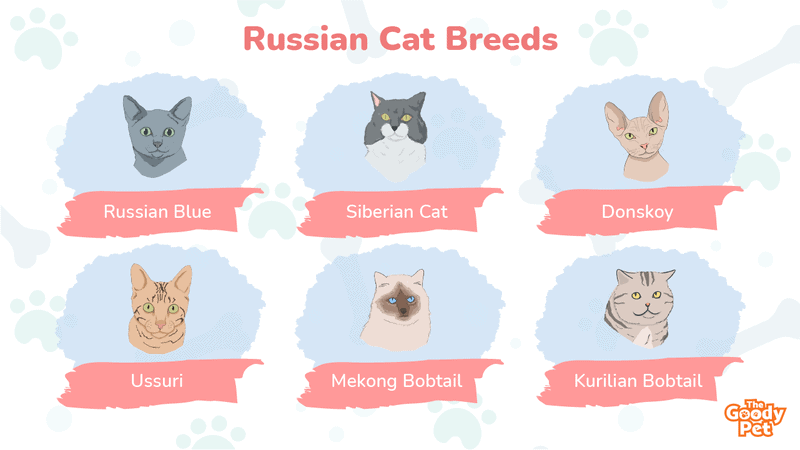Have you ever seen a cat that looks like it’s from another planet? Chances are, that cat is of Russian descent.
Russia is known for its many exotic cat breeds, which is why we’ve put together a list of the 11 strangest and most beautiful.
From the Peterbald, which sports an interesting bald look, to the Siberian Forest Cat, which has a thick coat of hair perfect for cold climates, these cats are sure to turn heads. So if you’re in the market for a unique feline friend, consider one of these unusual Russian breeds.
11. Russian Blue
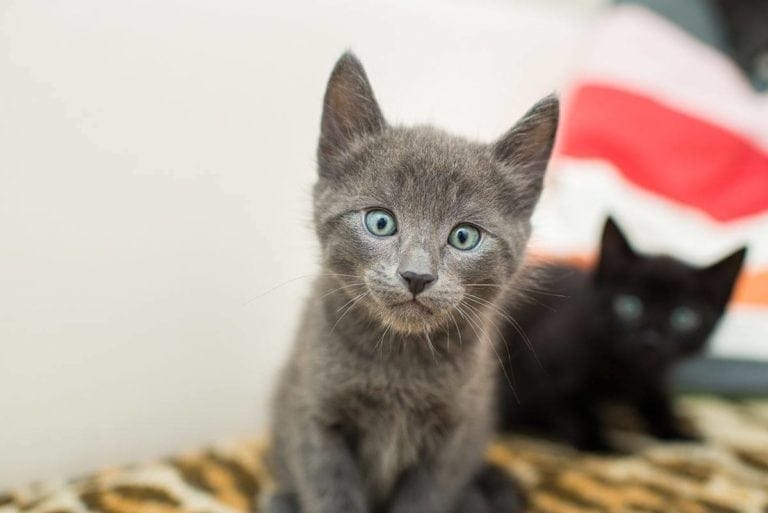
The Russian Blue is an elegant and beautiful cat breed that originates from Russia. They are known for their luxurious blue coats and friendly dispositions.
It is a medium-sized cat breed that typically weighs between 6 and 12 pounds. They have a long, elegant body with a wedge-shaped head and large, emerald green eyes. Their fur is thick and dense, with a silvery-blue sheen that gives them their distinctive appearance.
However, their popularity has been steadily rising over the last few years largely due to their adorable faces and beautiful coats. They are also very intelligent and social.
10. Siberian Cat
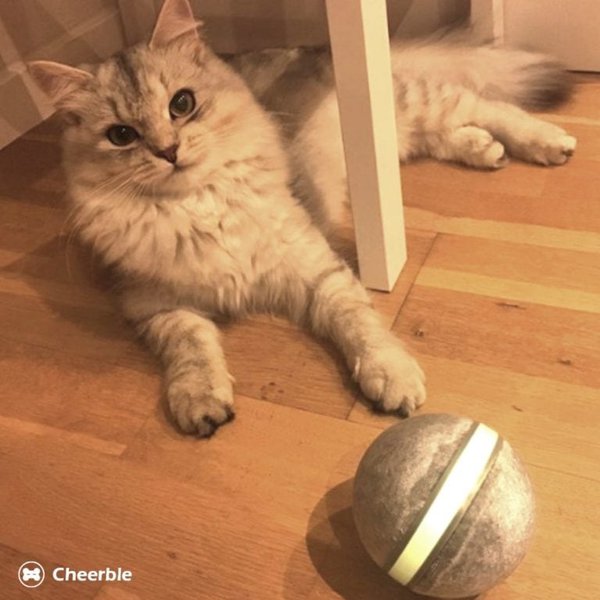
The Siberian Cat is a large, strong, and graceful cat with a long coat. It is an ancient breed that is believed to have originated in the Russian Far East. They are thought to be related to the Angora and Turkish Van cats. The Siberian Cat was introduced to the United States in 1990 and has become very popular in recent years.
They enjoy being around people and other animals. They are also very playful and active cats.
Siberian Cats are known for their intelligence and trainability. They can be taught tricks and commands like dogs. Siberians are also known for their hypoallergenic fur which makes them perfect for people with allergies to cats.
9. Neva Masquerade
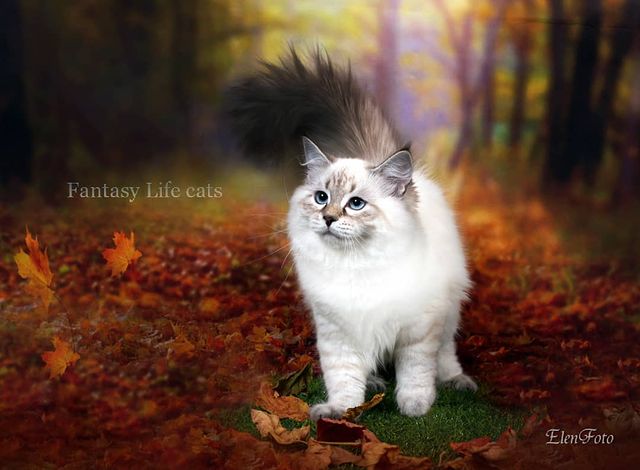
The Neva Masquerade is one of the most popular cat breeds in Russia. It is technically not an independent cat breed but is instead a color point variation of the Siberian cat.
The cats are known for being incredibly affectionate and friendly even with strangers. They are also very open to handling and very patient with children. This makes them ideal for family settings.
Unfortunately, they are not very common outside Russia.
8. Karelian Bobtail
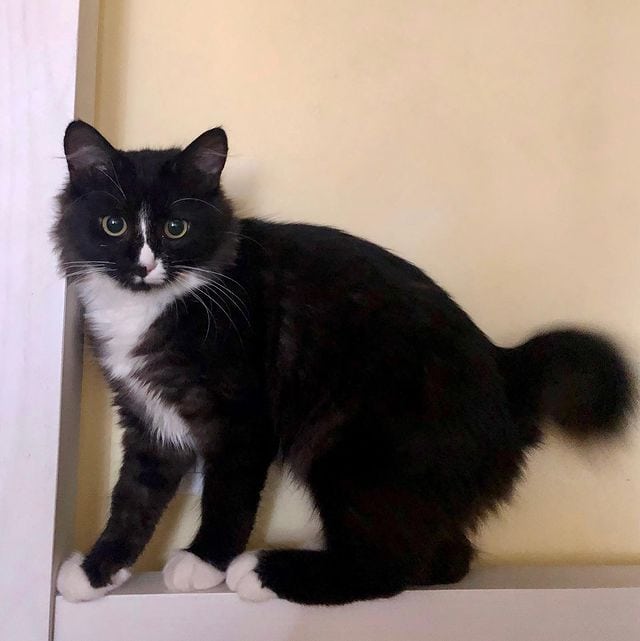
This is not to be confused with the Kurilian Bobtail cat despite the close resemblance not only in terms of the name but also in their physical appearance.
The Karelian Bobtail is from the Karelia region of Russia. Though they have been popular in the region for a long time, they were only recognized as an independent cat breed in the late 90s.
As the name suggests, they are born with naturally docked tails. However, they are rarer than other bobtails as the mutations responsible are recessive. This means both parents have to either be bobtails or carriers for the kittens to have the feature.
7. Toybob
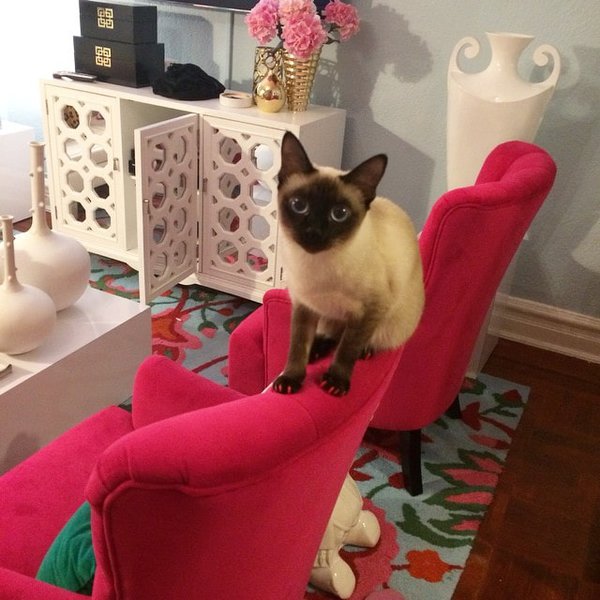
No, this is not a toy bobcat.
It gets the “toy” part of the name due to its very small build. In fact, they are considered among the smallest cat breeds on earth weighing between 1 to 6 lbs at maturity. This is a result of a genetic mutation.
The “bob” part of the name on the other hand comes from the naturally docked tail feature that these cats have.
6. Havana Brown
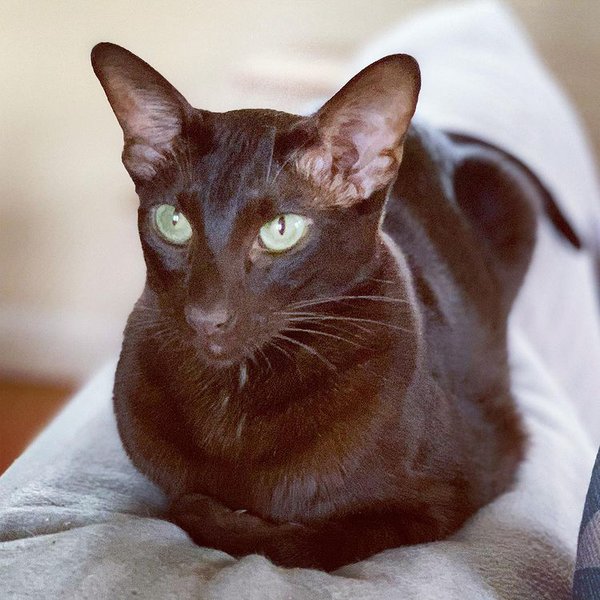
The Havana Brown is technically not native to Russia as it was developed in the United Kingdom. However, Russian Blues were used as a part of the initial mixes and the breed has since been very popular in Russia. Therefore, it has more than earned its spot on this list.
These cats are known for their unique, glossy, brown coats. Their paws are also exclusively pink which distinguishes them from other brown cats like the York Brown.
5. Peterbald
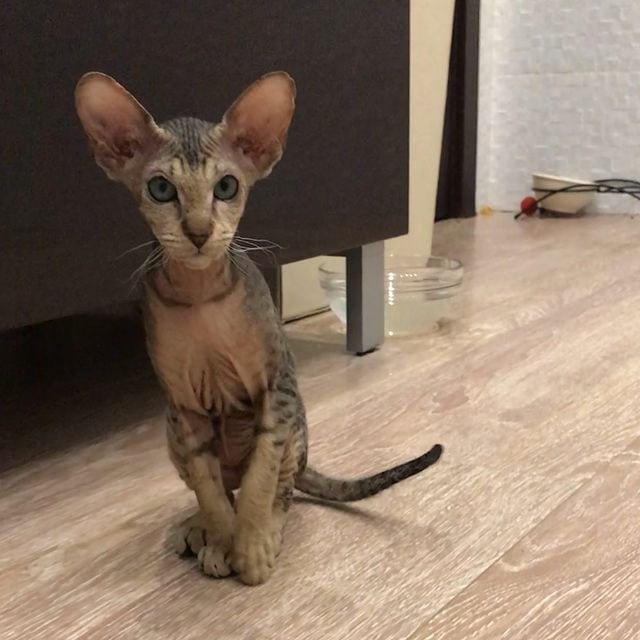
As the name suggests, this is a bald cat breed. It gets its name from its town of origin in Russia which is St. Petersburg. It was developed by mixed breeding between a Donskoy and an Oriental Shorthair.
This is the type of hairless cat breed that inevitably grows on you with their weird but adorable aesthetic and equally sweet personalities.
4. Kurilian Bobtail
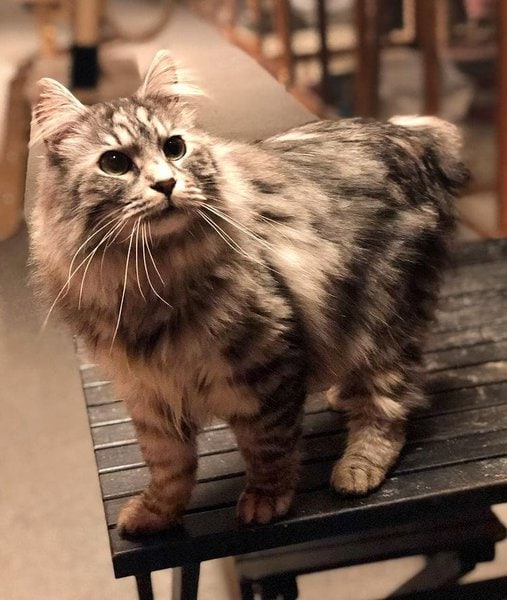
This cat breed is from the Kuril Islands off the coast of Russia. They are very similar in appearance and build to the Manx and other bobtail cat breeds.
What sets them apart the most is their thick, fluffy coat, especially around the bobtail which forms a “pom-pom” tail aesthetic.
The Kurilian is another very rare breed and is actually not very common outside its island of origin.
3. Donskoy
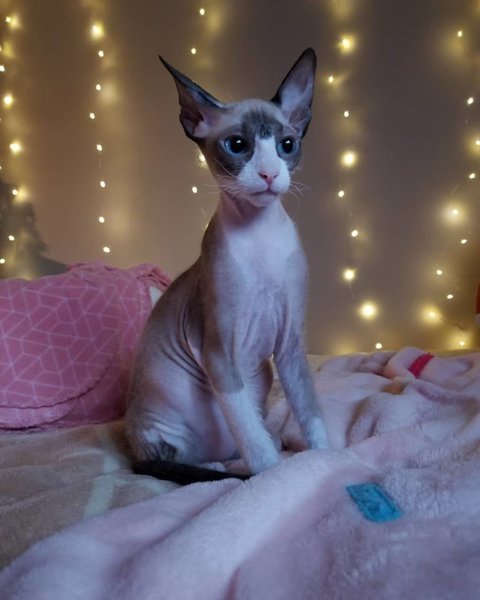
Contrary to popular belief, the Donskoy is in no way related to the better-known Sphynx cat breed. In fact, the genes responsible for the balding are completely different in both kitties.
Those responsible in the Donskoy are dominant which means only one parent is needed to produce the hairless offspring.
These genes also cause very intense skin wrinkling around the face. Unfortunately, they are also associated with a few health issues including dental and skin issues.
2. Ussuri
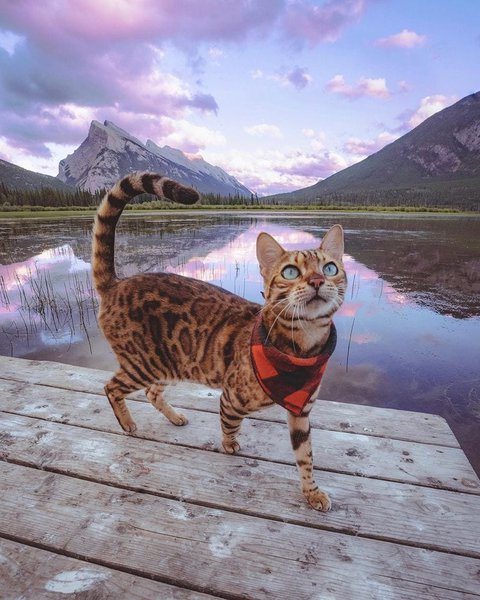
This is one of the rarest cat breeds not only in Russia but in the world. It is also one of the few cat breeds that is a direct hybrid of a wild cat breed.
Ussuri cats are known for their wild cat appearance with their leopard-like spot markings.
They are also a bit more reserved than your average cat breed. They, therefore, need a lot of socialization and early handling to get used to being around and being in physical contact with human beings.
1. Mekong Bobtail
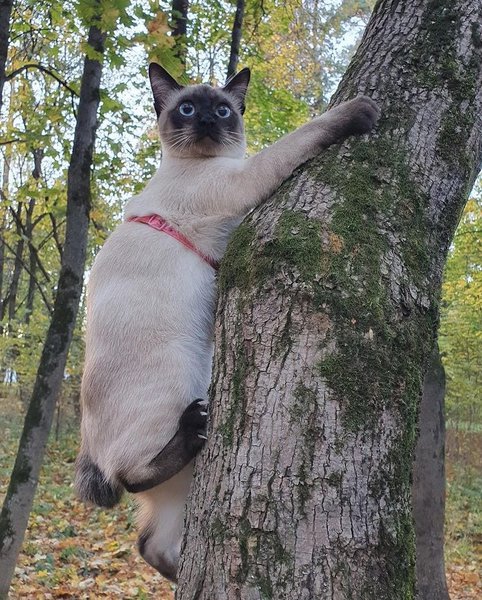
Though it is considered a Russian cat breed, it is important to note that the Mekong Bobtail is a descendant of Asian natural cat breeds.
The modern-day breed is a result of mixing with other domestic cat breeds like Bobtail cats and Siamese cats. The result is a lean framed cat with a naturally docked tail and a wide variety of coat colors and markings including point markings.
Related Questions
Are Russian Blue Cats High Maintenance?
Russian Blue cats are quite low maintenance. They shed minimally and only need to be brushed once or twice a week. Though they are quite affectionate, these cats are also very independent and do not mind being left to their own devices. However, regular playtime is important for bonding and keeping them stimulated.
Do Russian Blue Cats Need Baths?
Russian Blue cats do not require to be bathed too frequently. They are fastidious self-groomers who will do most of the heavy lifting for you. This is the case with indoor Russian Blues. What they need is regular brushing to deshed and prevent matting.
How Much Is A Russian Cat?
The price of a Russian cat depends on the specific breed. Most regular breeds go for about $600. On the other hand, prized pedigree breeds like the Russian Blue could go for up to $1200 or even more. Some of the exotic Russian breeds are also so rare that you may have to factor in special importation costs if you are lucky enough to find one in the first place.

